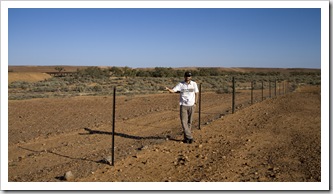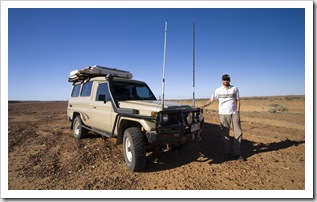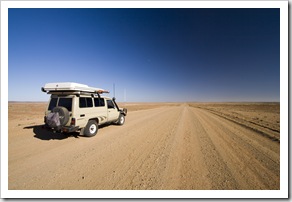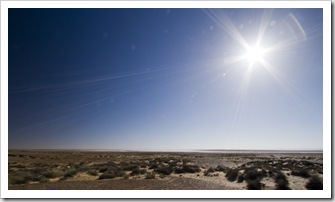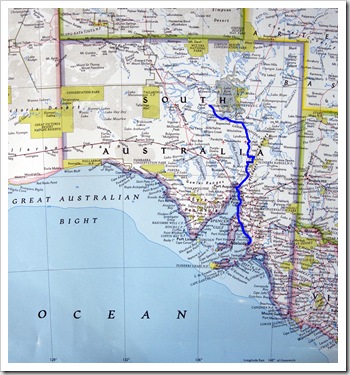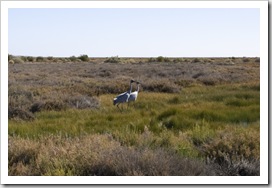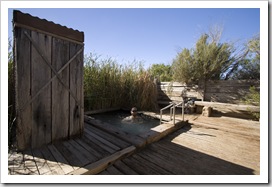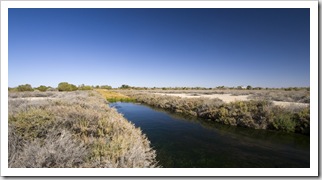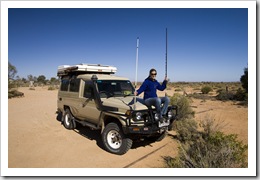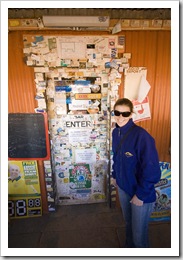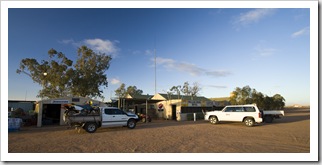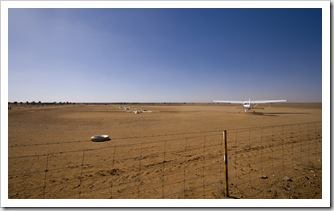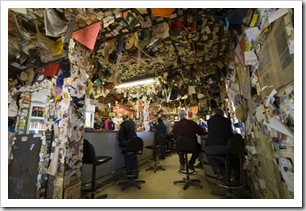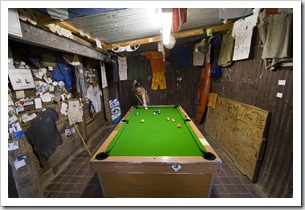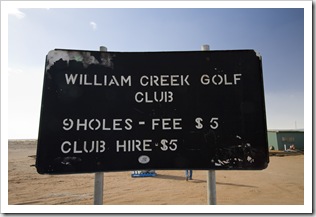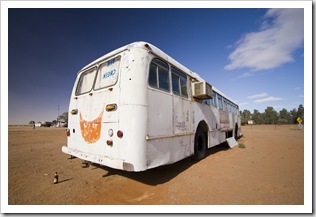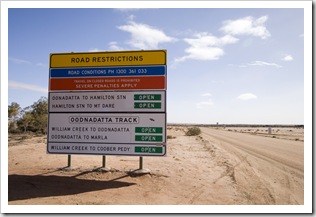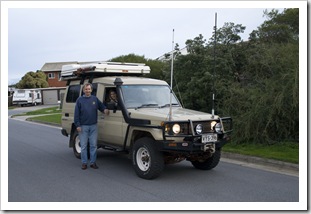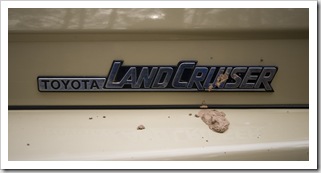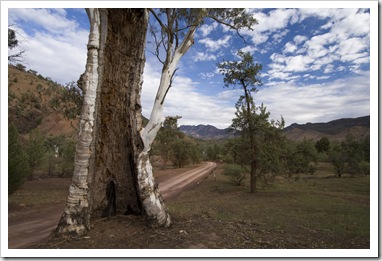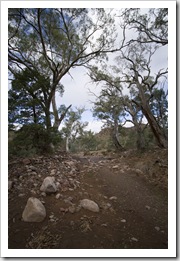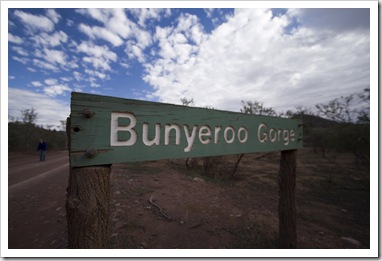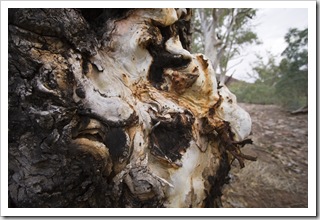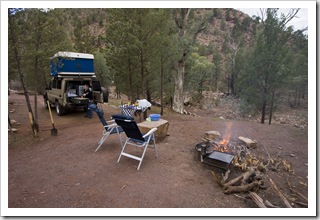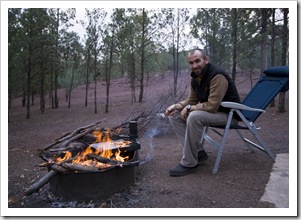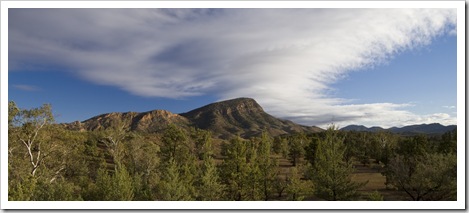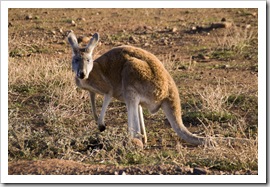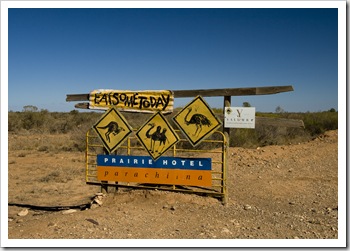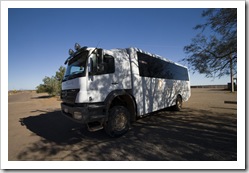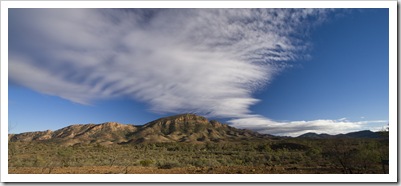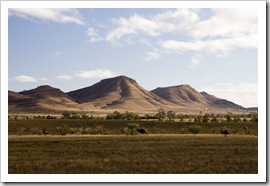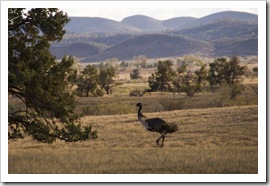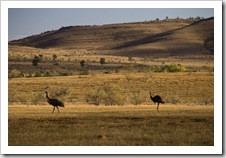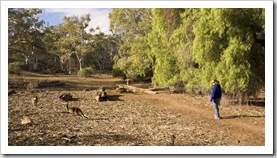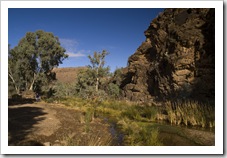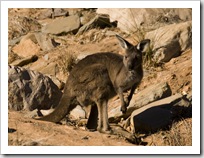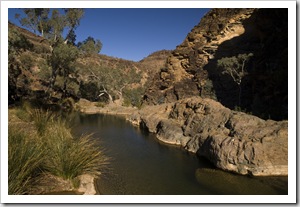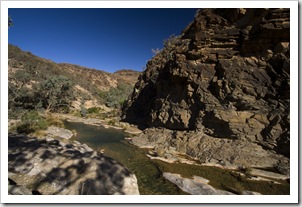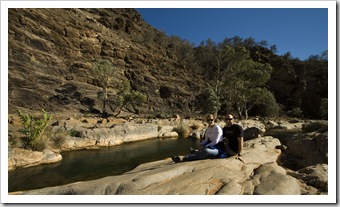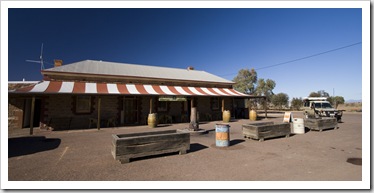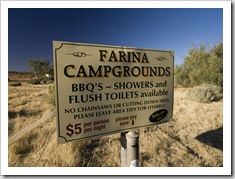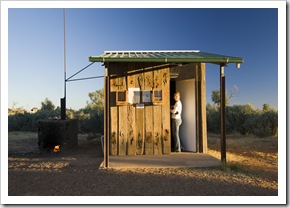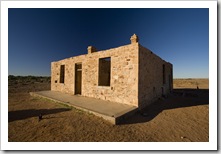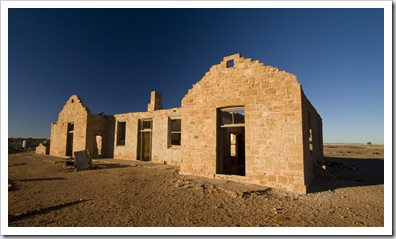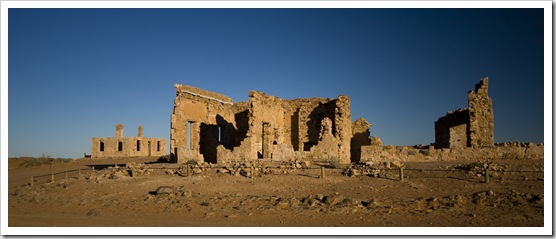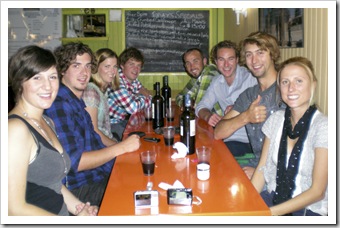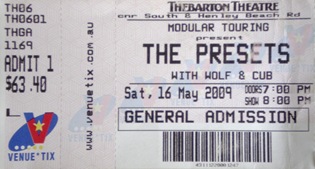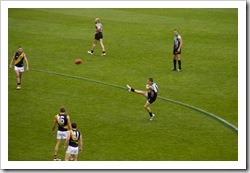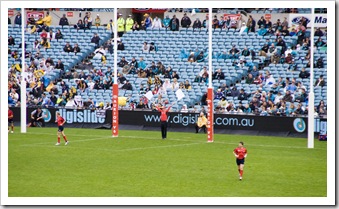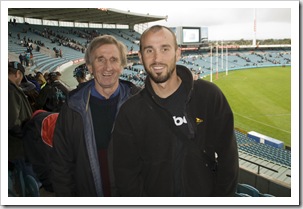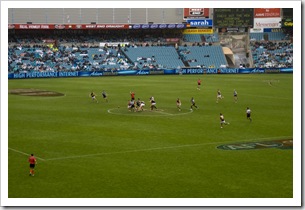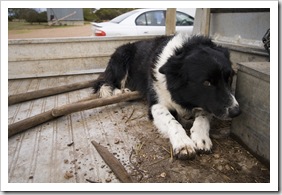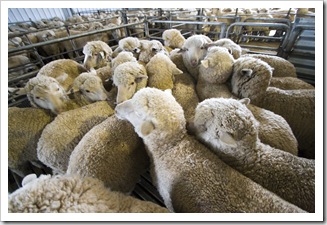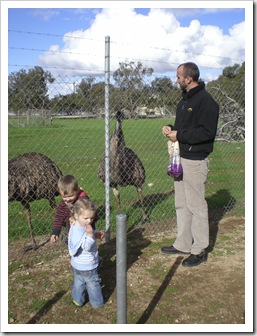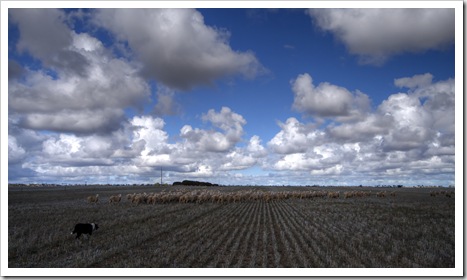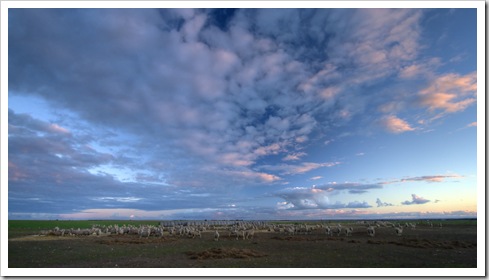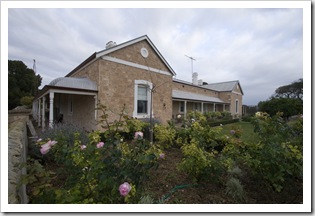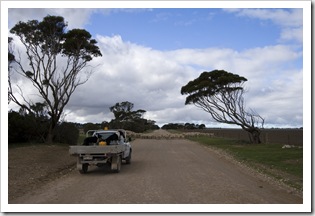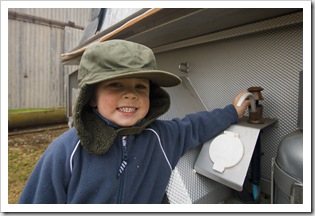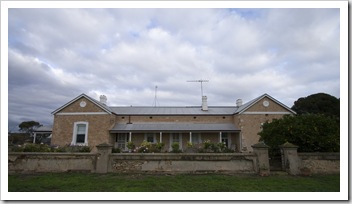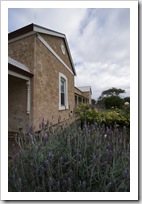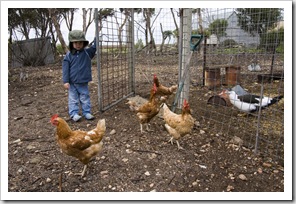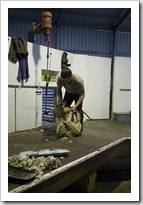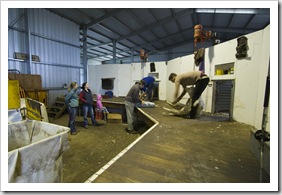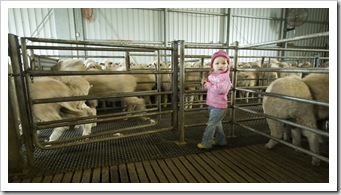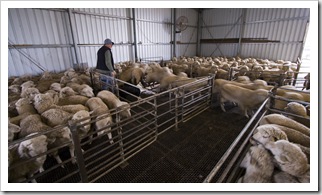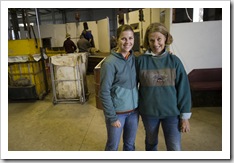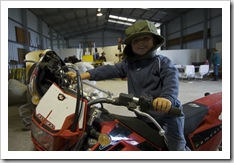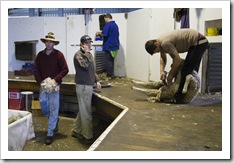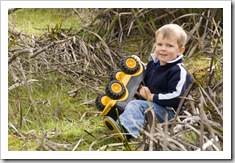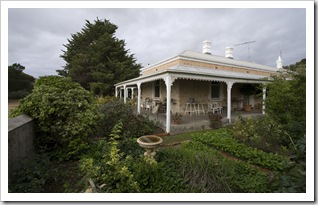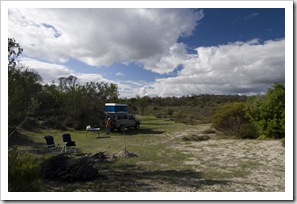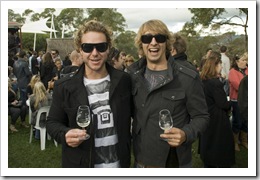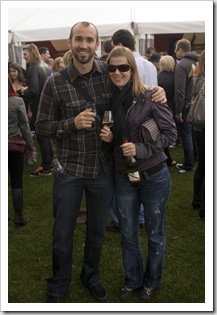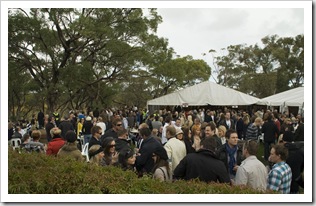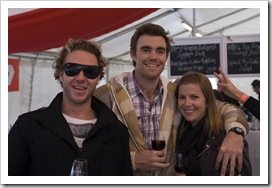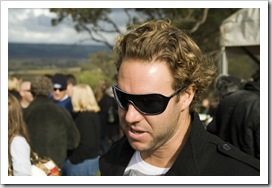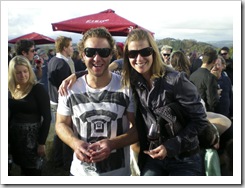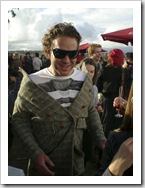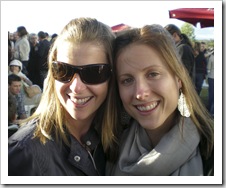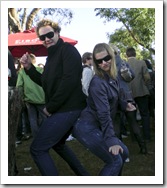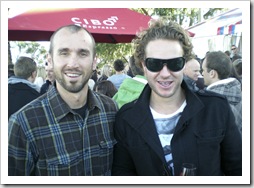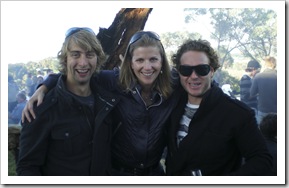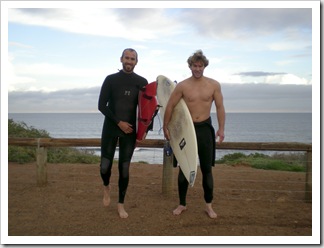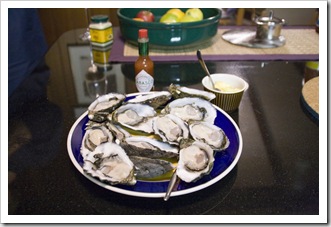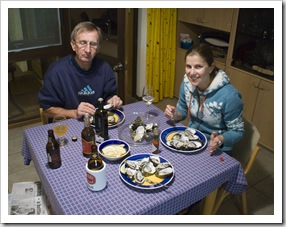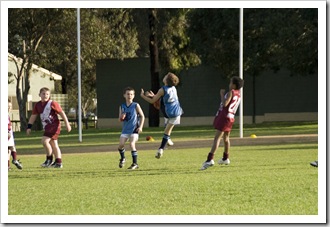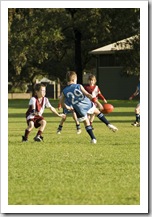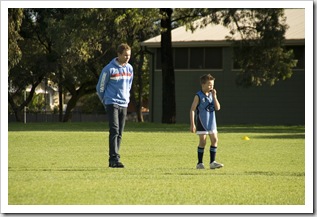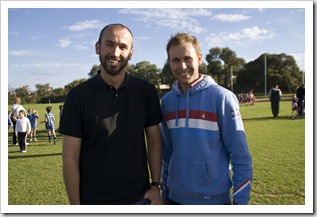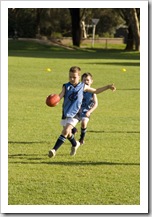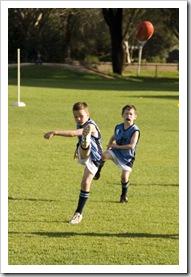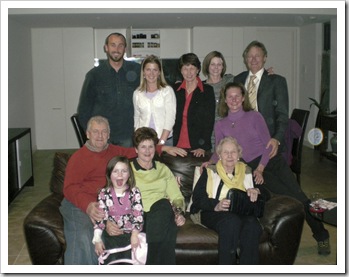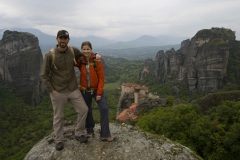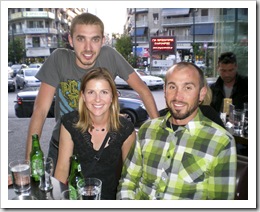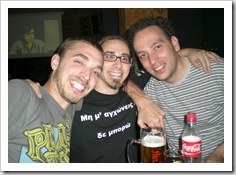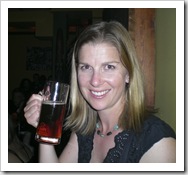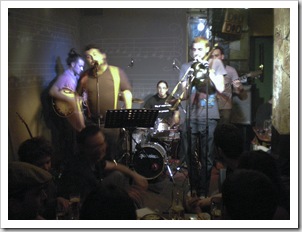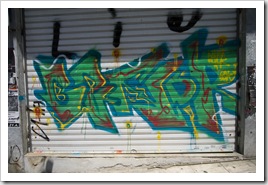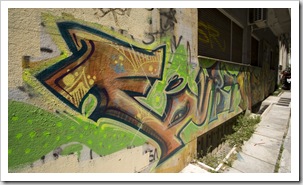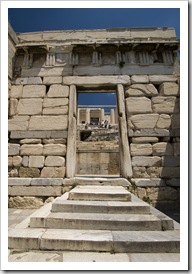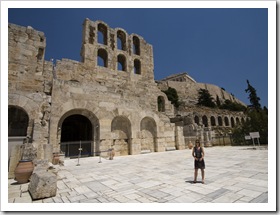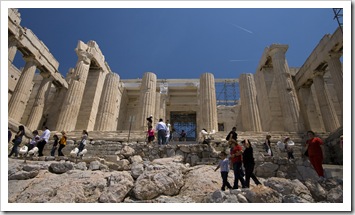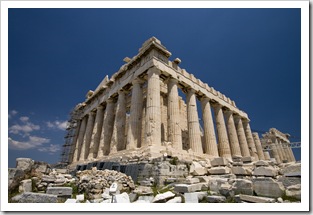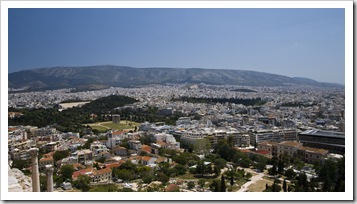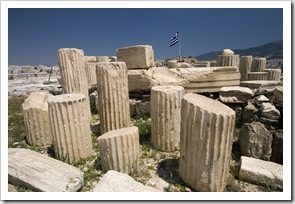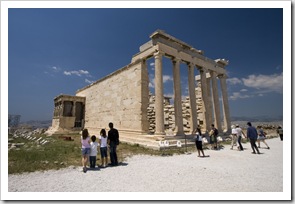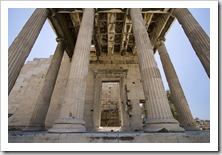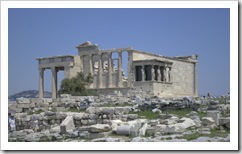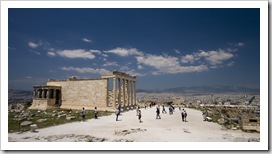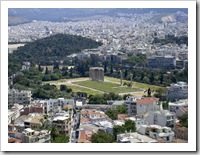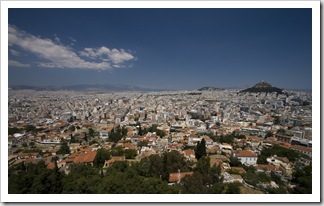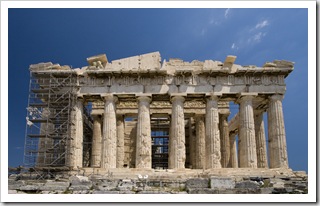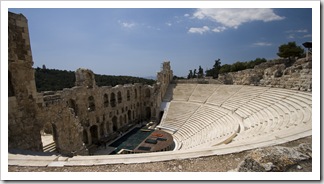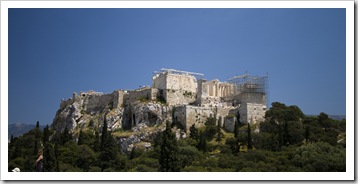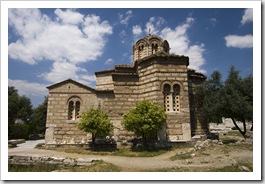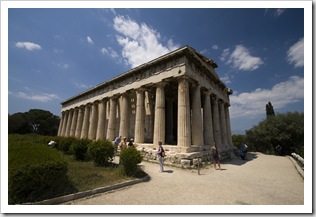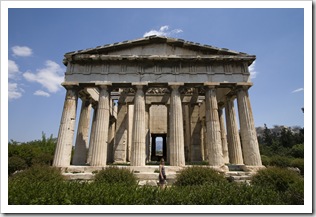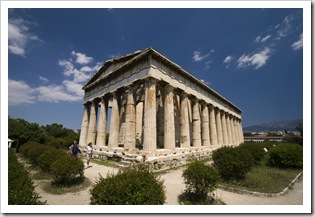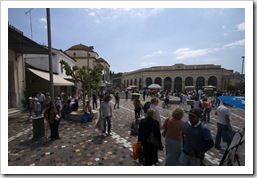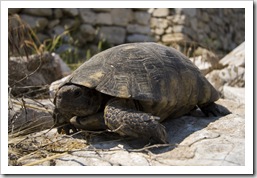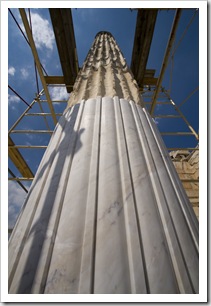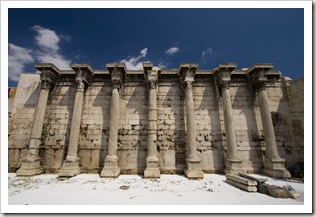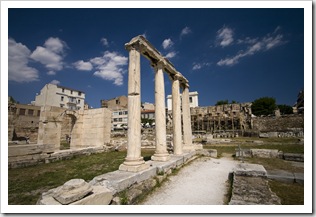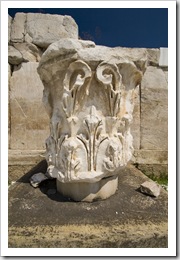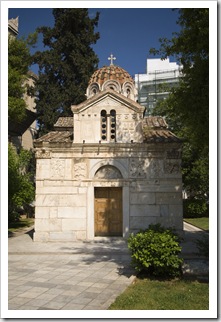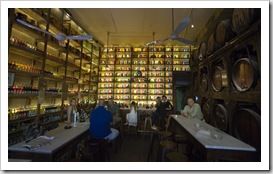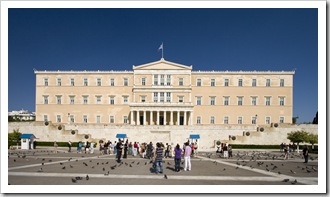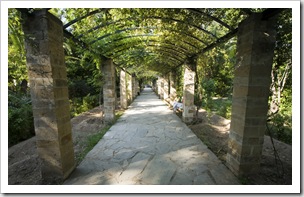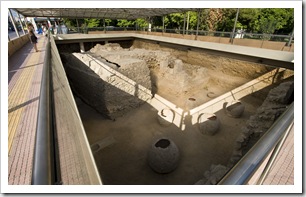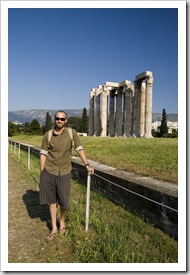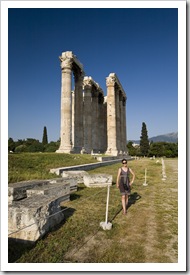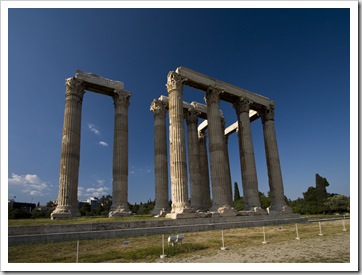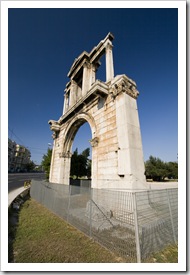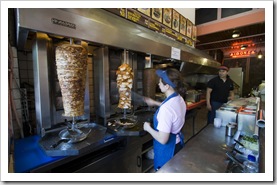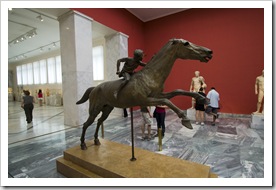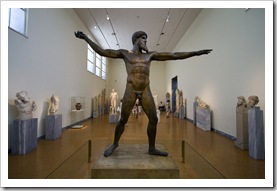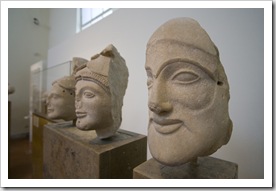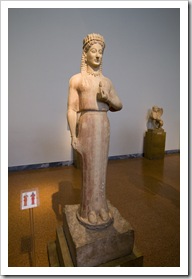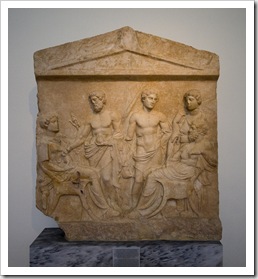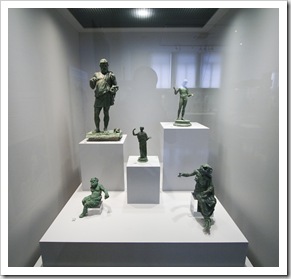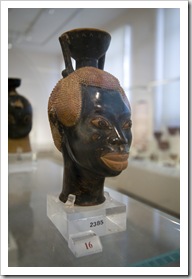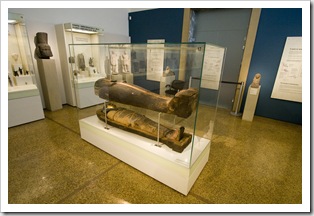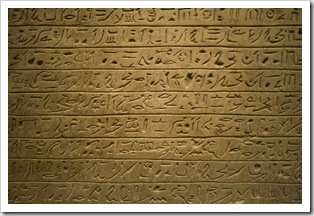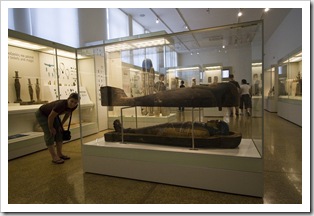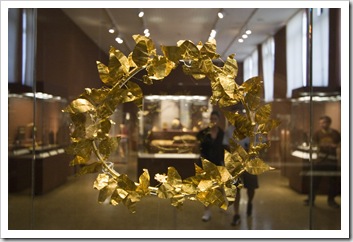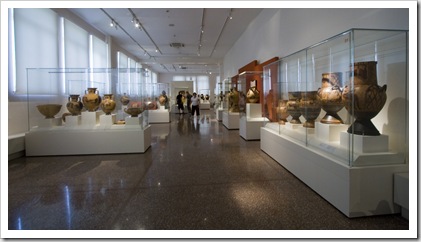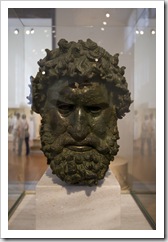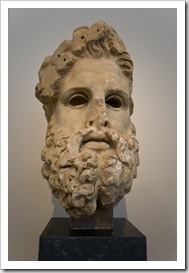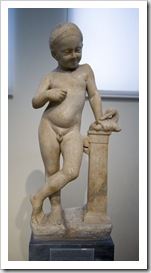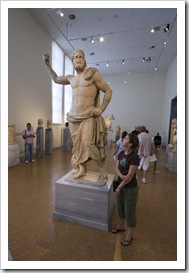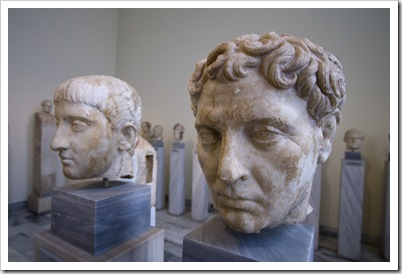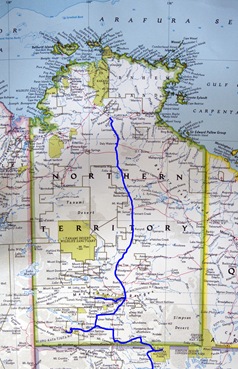
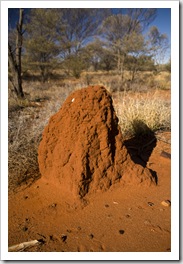
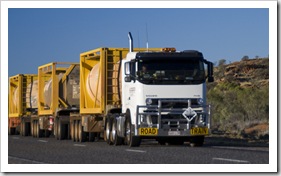 We’ve covered a lot of ground in the last couple of days! After taking a drive through West Macdonnell Ranges National Park next to Alice Springs we headed north and spent the night at Devil’s Marbles Conservation Park about an hour south of Tennant Creek. The termite mounds were ubiquitous for the drive north of Alice Springs, some areas had fields of thousands of them alongside the road, other spots only had one or two poking up between the spinifex. We started to see a lot more road trains as we headed north from Alice, I managed to snap the one here as it was roaring past, it was a three trailer rig but we saw quite a few laden with four trailers behind the truck. Talk about some weight! We arrived at the Devil’s Marbles campsite just as the light was fading, we have been trying not to drive around dusk for fear for nailing a kangaroo or, worse, a
We’ve covered a lot of ground in the last couple of days! After taking a drive through West Macdonnell Ranges National Park next to Alice Springs we headed north and spent the night at Devil’s Marbles Conservation Park about an hour south of Tennant Creek. The termite mounds were ubiquitous for the drive north of Alice Springs, some areas had fields of thousands of them alongside the road, other spots only had one or two poking up between the spinifex. We started to see a lot more road trains as we headed north from Alice, I managed to snap the one here as it was roaring past, it was a three trailer rig but we saw quite a few laden with four trailers behind the truck. Talk about some weight! We arrived at the Devil’s Marbles campsite just as the light was fading, we have been trying not to drive around dusk for fear for nailing a kangaroo or, worse, a 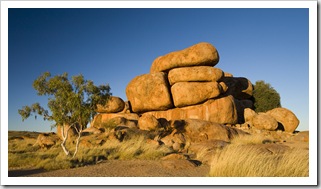 roaming cow, but we were both scanning the sides of the road for any movement and thankful for the new Lightforce driving lights I installed on The Tank before leaving Adelaide. We did have to slow down for a couple of kangaroos along the way but as soon as they saw our lights they hopped back into the bush as we were hoping they would. The Devil’s Marbles campsite is located in an ideal spot next to the famous rock formations, only about one kilometer off the Stuart Highway. It seemed, however, that the rest of Australia was there with us for the night: the campsite was absolutely packed. We had a bit of an uneasy late night conversation with a couple of grey nomads from New South Wales who thought that the entire campsite would like to listen to their geriatric music instead of enjoying a quiet night under the stars, but other than that it was great to wake up with the Devil’s Marbles at our doorstep. I managed to get quite a few snaps of them illuminated by the sunrise.
roaming cow, but we were both scanning the sides of the road for any movement and thankful for the new Lightforce driving lights I installed on The Tank before leaving Adelaide. We did have to slow down for a couple of kangaroos along the way but as soon as they saw our lights they hopped back into the bush as we were hoping they would. The Devil’s Marbles campsite is located in an ideal spot next to the famous rock formations, only about one kilometer off the Stuart Highway. It seemed, however, that the rest of Australia was there with us for the night: the campsite was absolutely packed. We had a bit of an uneasy late night conversation with a couple of grey nomads from New South Wales who thought that the entire campsite would like to listen to their geriatric music instead of enjoying a quiet night under the stars, but other than that it was great to wake up with the Devil’s Marbles at our doorstep. I managed to get quite a few snaps of them illuminated by the sunrise.
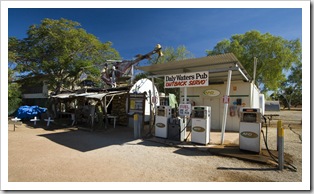
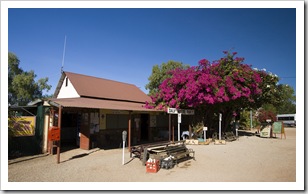 We arrived in Tennant Creek to refuel and decided that while in a largish town we’d try to find a doctor to give me some antibiotics to deal with the sinus infection I’d been battling for a few days. Lisa left me at the hospital for an hour while she refueled and upon returning, we both decided that we’d be in the emergency department all day waiting for the single doctor on staff to see me, so kept heading north up the Stuart Highway. The further north we headed the yellow spinifex and red dirt of The Outback was gradually replaced by eucalyptus trees and grasses with hues of green and orange. We were in The Tank with the air
We arrived in Tennant Creek to refuel and decided that while in a largish town we’d try to find a doctor to give me some antibiotics to deal with the sinus infection I’d been battling for a few days. Lisa left me at the hospital for an hour while she refueled and upon returning, we both decided that we’d be in the emergency department all day waiting for the single doctor on staff to see me, so kept heading north up the Stuart Highway. The further north we headed the yellow spinifex and red dirt of The Outback was gradually replaced by eucalyptus trees and grasses with hues of green and orange. We were in The Tank with the air 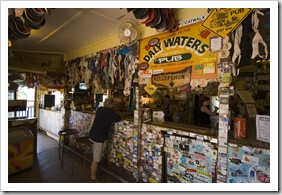
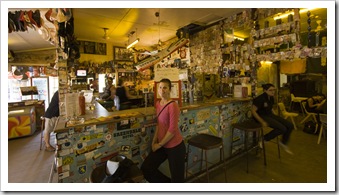 conditioner on for most of the way, but when we arrived at the famous Daly Waters pub for lunch we definitely felt like we’d left the desert and were finally in the tropics. The Daly Waters pub was a real hoot: the walls covered with everything from brassieres to baseball caps. Out the back is a large open-air seating area setup for live bands where the paraphernalia continues: thong trees, number plate fences, a lot to look at! The food was fantastic, great Aussie burgers on homemade damper rolls, Lisa had a barramundi burger and I opted for chicken. We’d definitely recommend making the stop for a meal and beer at Daly Waters.
conditioner on for most of the way, but when we arrived at the famous Daly Waters pub for lunch we definitely felt like we’d left the desert and were finally in the tropics. The Daly Waters pub was a real hoot: the walls covered with everything from brassieres to baseball caps. Out the back is a large open-air seating area setup for live bands where the paraphernalia continues: thong trees, number plate fences, a lot to look at! The food was fantastic, great Aussie burgers on homemade damper rolls, Lisa had a barramundi burger and I opted for chicken. We’d definitely recommend making the stop for a meal and beer at Daly Waters.
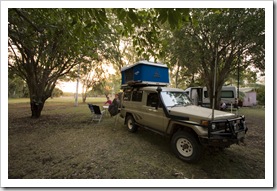
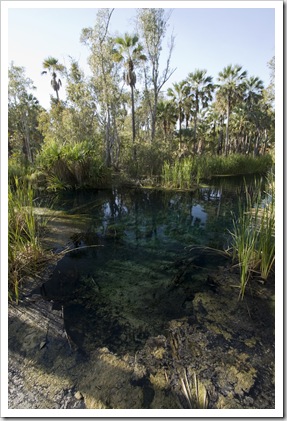 While we were chatting with a bloke during our morning swim at Dalhousie Springs it was recommended to us to spend some time at Bitter Springs in the town of Mataranka (S14°55.133′ E133°4.044′). Mataranka is about an hour south of Katherine and is well known for Mataranka Springs thermal pools. Bitter Springs, however, isn’t as well known and hasn’t been developed like the touristy Mataranka Springs. Bitter Springs is a few kilometers down a side road from the town of Mataranka, we stayed at a campsite called Territory Manor along the same road, both agreeing that it was the best site we’ve stayed at since leaving Adelaide. Beautiful fig trees all over the property and we very much enjoyed a night with grass underfoot
While we were chatting with a bloke during our morning swim at Dalhousie Springs it was recommended to us to spend some time at Bitter Springs in the town of Mataranka (S14°55.133′ E133°4.044′). Mataranka is about an hour south of Katherine and is well known for Mataranka Springs thermal pools. Bitter Springs, however, isn’t as well known and hasn’t been developed like the touristy Mataranka Springs. Bitter Springs is a few kilometers down a side road from the town of Mataranka, we stayed at a campsite called Territory Manor along the same road, both agreeing that it was the best site we’ve stayed at since leaving Adelaide. Beautiful fig trees all over the property and we very much enjoyed a night with grass underfoot 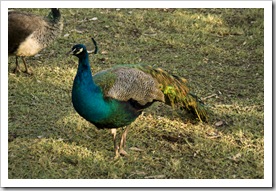 instead of the red dust we’ve become accustomed too. Territory Manor’s grounds are home to a vast array of birdlife, everything from peacocks to flocks of cockatoos, and when the sun went down the ground became alive with tropical frogs. A great place! After a breakfast of bacon and eggs this morning we headed down the road into Elsey National Park for a swim in Bitter Springs. What a magical place: a short walk through the swamps on a well-maintained path and we were greeted with crystal clear deep blue water flowing as a small creek through the tropical jungle. The water gives its blue tinge to the surrounding flora making it seem that everything is glowing with an effervescent blue, a really special spot. The water’s heated to around 34°C (93°F) and has a current that allows one to float from the beginning of the springs through the jungle, then make the walk back to the headwaters. So thankful that the fellow at Dalhousie mentioned it to us, we absolutely loved it!
instead of the red dust we’ve become accustomed too. Territory Manor’s grounds are home to a vast array of birdlife, everything from peacocks to flocks of cockatoos, and when the sun went down the ground became alive with tropical frogs. A great place! After a breakfast of bacon and eggs this morning we headed down the road into Elsey National Park for a swim in Bitter Springs. What a magical place: a short walk through the swamps on a well-maintained path and we were greeted with crystal clear deep blue water flowing as a small creek through the tropical jungle. The water gives its blue tinge to the surrounding flora making it seem that everything is glowing with an effervescent blue, a really special spot. The water’s heated to around 34°C (93°F) and has a current that allows one to float from the beginning of the springs through the jungle, then make the walk back to the headwaters. So thankful that the fellow at Dalhousie mentioned it to us, we absolutely loved it!
 After having our fill of Bitter Springs we ventured back into Mataranka and down Homestead Drive to the more publicized Mataranka Springs. We took our swimming gear with us but after being spoiled with Bitter Springs didn’t end up getting wet. The thermal pools at Mataranka Springs have been built up with concrete and don’t have anywhere near the charm of their neighbor thermal pools down the road. We did end up spending some time at Mataranka Springs, however, as they’re located on the edge of the Waterhous River which is supposedly a good spot for barramundi fishing. I tried my hand at fishing, seeing a few barramundi in the shallows but not being able to land a hook in one. The river was an eerie place, supposedly patrolled for saltwater crocodiles by the Elsey National Park staff with traps always baited, all the signs say it’s safe for swimming. But when I got one of my lures snagged it sure took me some time to convince myself to even put my feet in the water to go get it. Take a look at the murky water to the left, would you be swimming in that water in the Northern Territory tropics?! A quick lunch and a couple of Paddle Pops from the Mataranka Springs kiosk and we were off north toward Katherine.
After having our fill of Bitter Springs we ventured back into Mataranka and down Homestead Drive to the more publicized Mataranka Springs. We took our swimming gear with us but after being spoiled with Bitter Springs didn’t end up getting wet. The thermal pools at Mataranka Springs have been built up with concrete and don’t have anywhere near the charm of their neighbor thermal pools down the road. We did end up spending some time at Mataranka Springs, however, as they’re located on the edge of the Waterhous River which is supposedly a good spot for barramundi fishing. I tried my hand at fishing, seeing a few barramundi in the shallows but not being able to land a hook in one. The river was an eerie place, supposedly patrolled for saltwater crocodiles by the Elsey National Park staff with traps always baited, all the signs say it’s safe for swimming. But when I got one of my lures snagged it sure took me some time to convince myself to even put my feet in the water to go get it. Take a look at the murky water to the left, would you be swimming in that water in the Northern Territory tropics?! A quick lunch and a couple of Paddle Pops from the Mataranka Springs kiosk and we were off north toward Katherine.
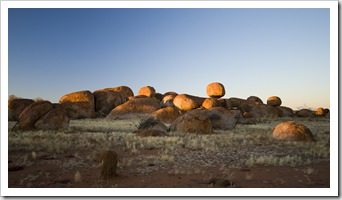
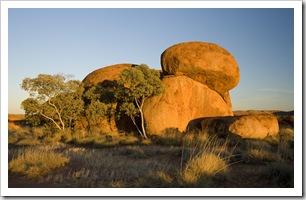
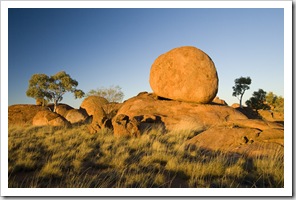
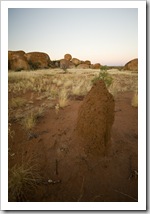
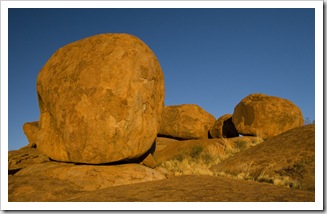
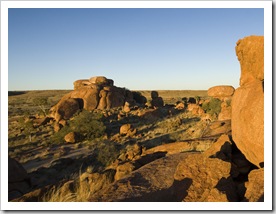
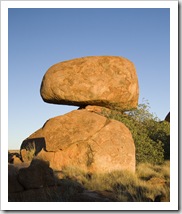
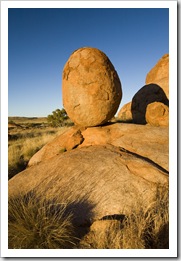
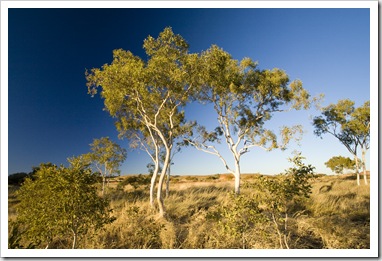
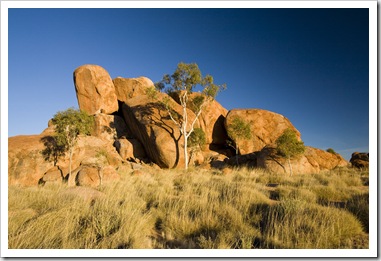
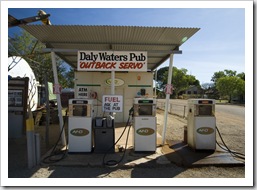
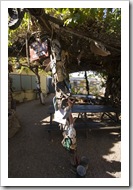
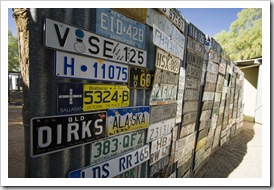
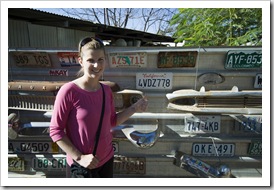
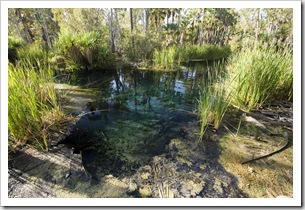
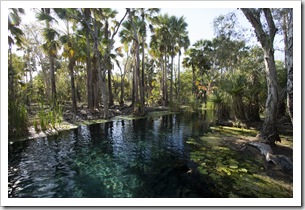
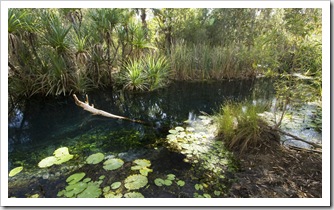
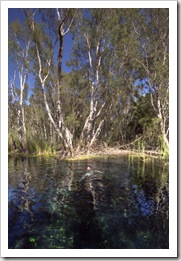
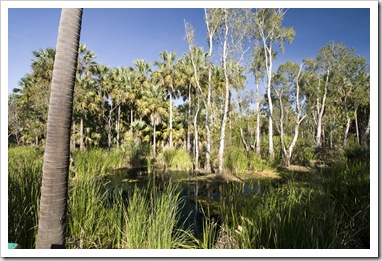
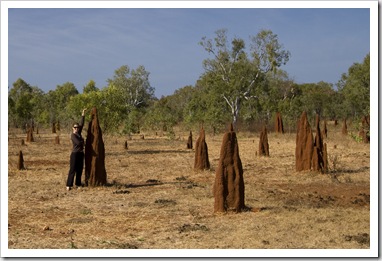
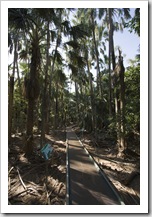
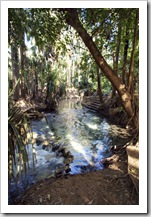
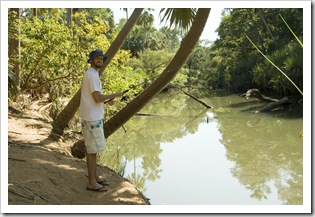
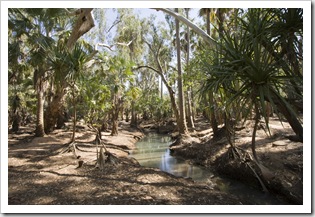

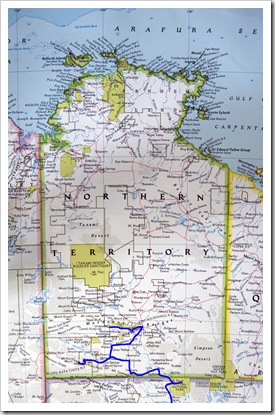
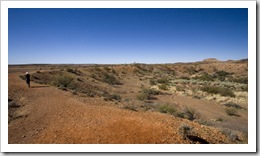
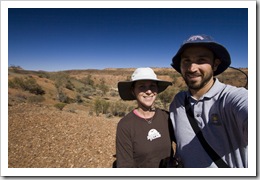
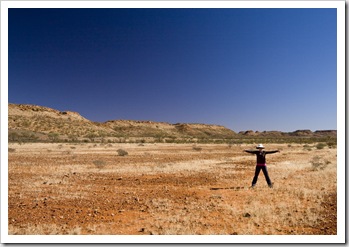
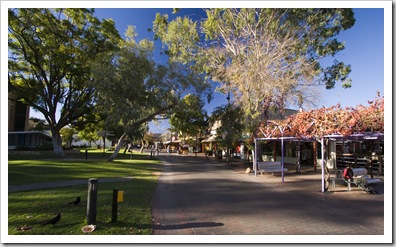
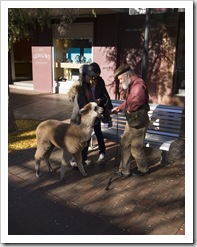

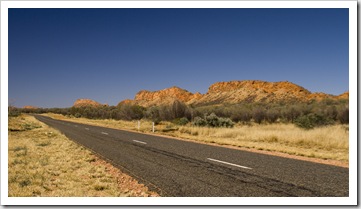
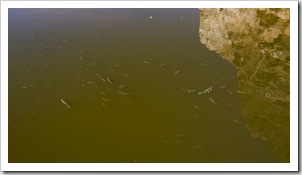
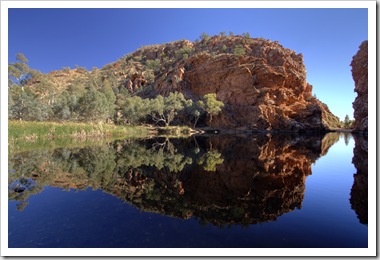
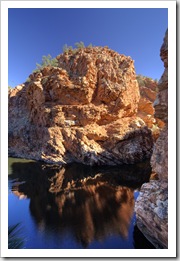
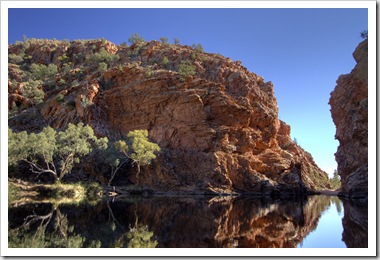
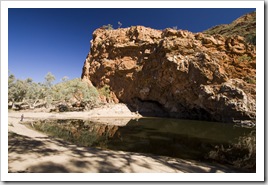
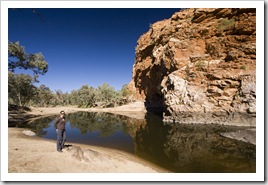
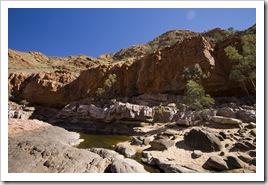
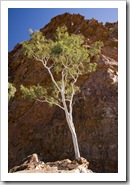

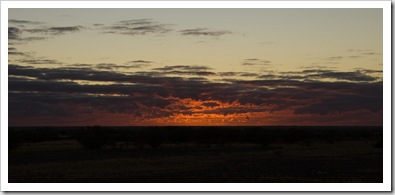
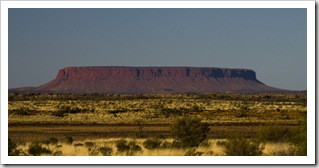
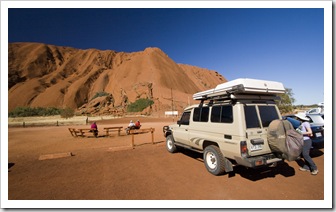
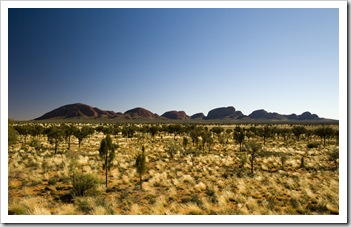
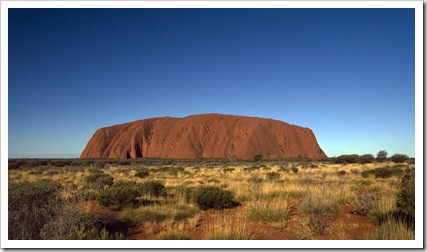
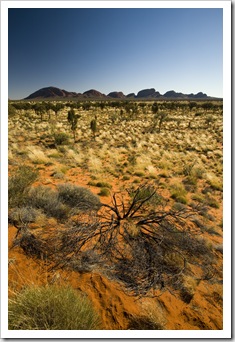
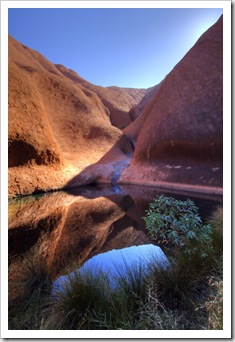
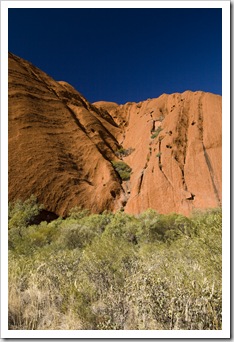


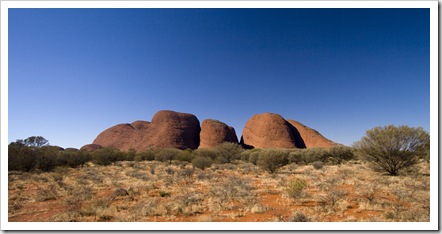
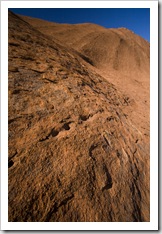
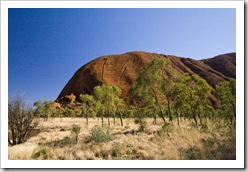
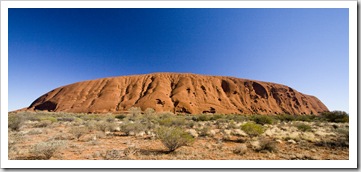
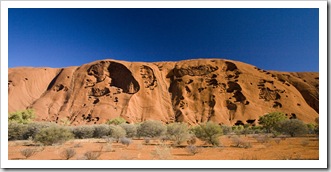
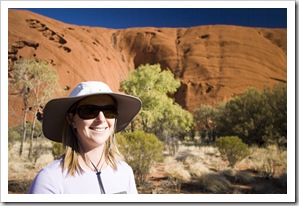
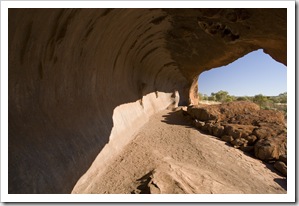
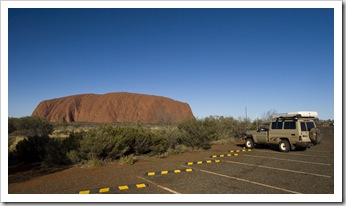
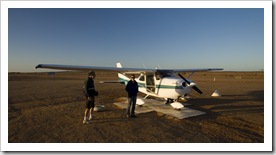
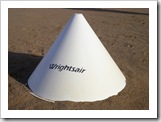
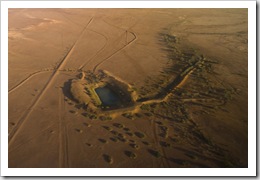
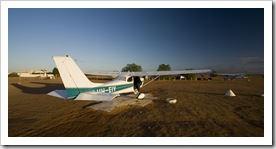
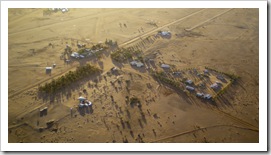
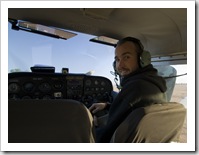
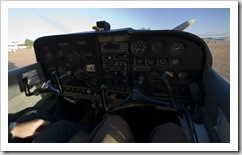
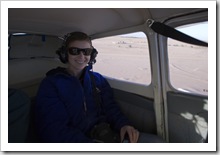
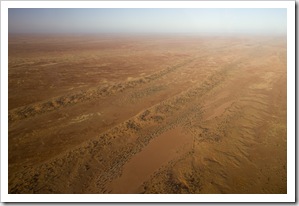
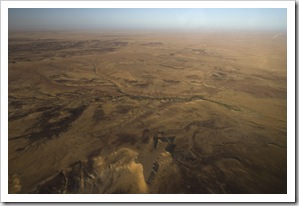
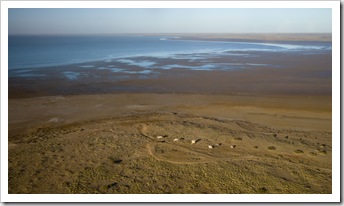
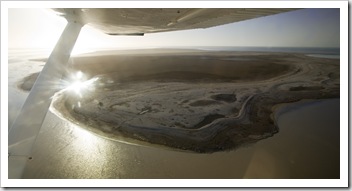
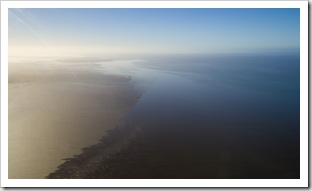
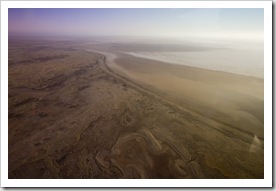

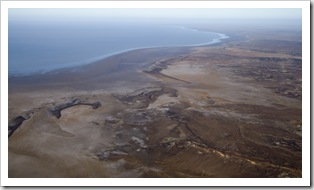
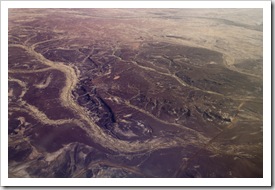
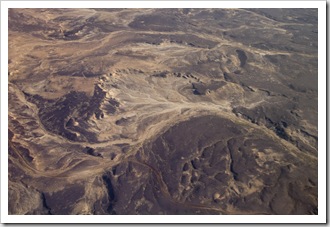
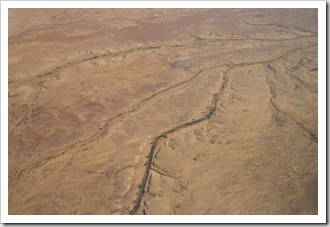
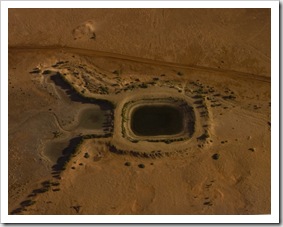
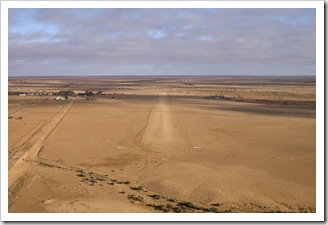
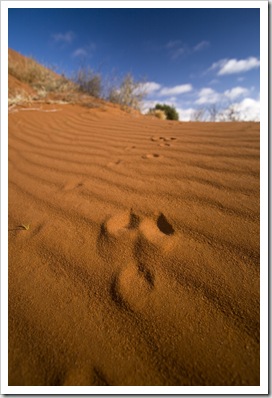
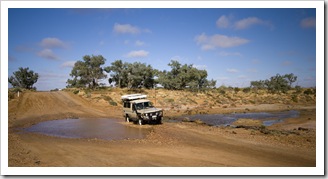
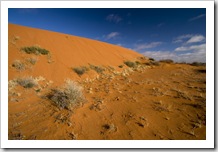
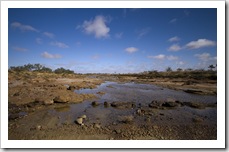
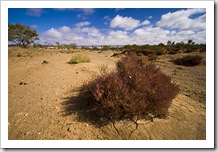
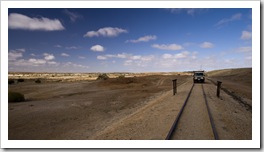
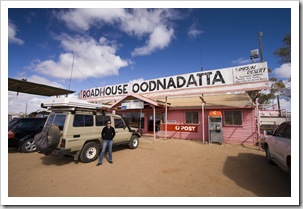
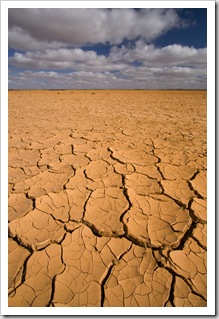
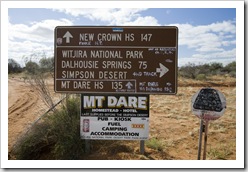
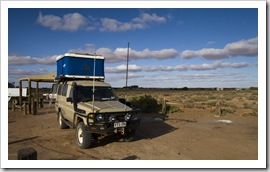
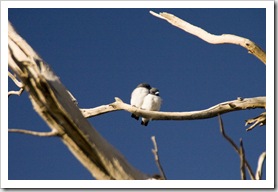
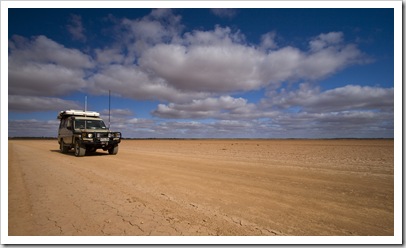
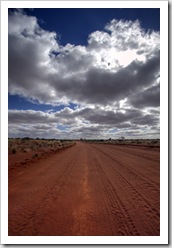
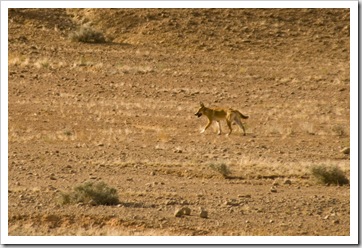
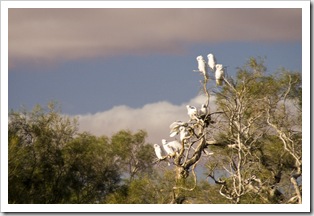
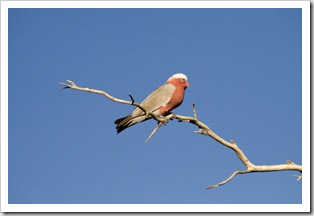
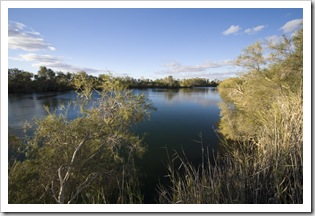
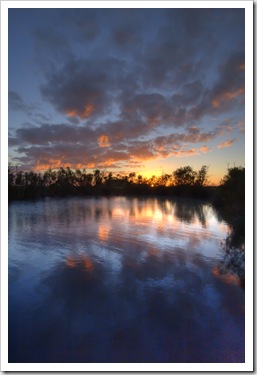
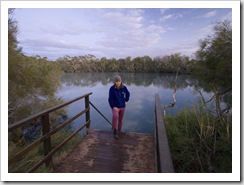
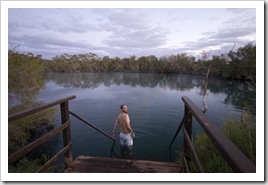
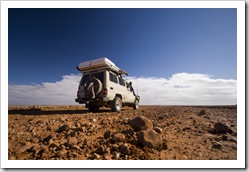
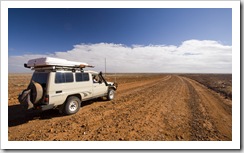
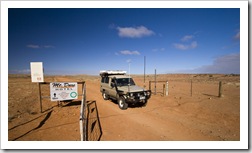
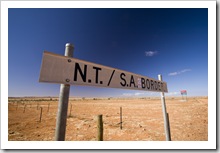
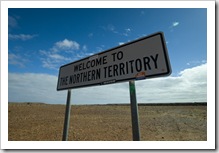
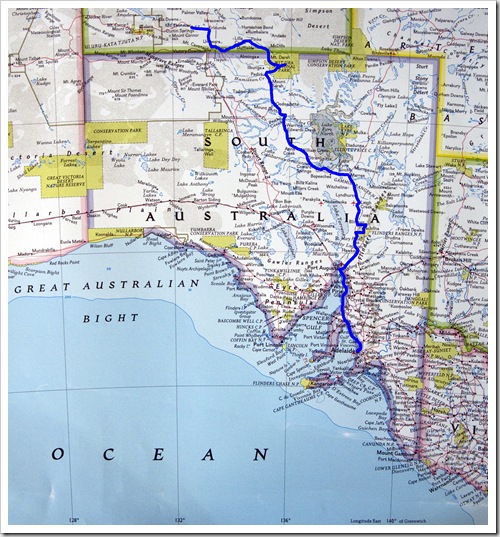
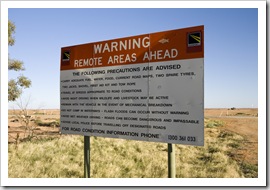
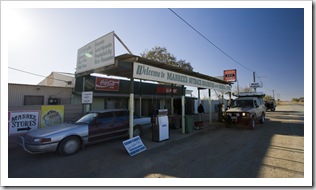 An early start this morning as we were woken at sunrise by flocks of hundreds of sulphur-crested cockatoos that inhabit the dry creek bed at Farina. Talk about nature’s alarm clock! A quick Greek coffee, something both of us are addicted to after our time in Greece, and we headed off to quickly top up the tank at Marree. Marree is the most we’ve paid for fuel yet, $1.79 for each liter of diesel ($USD5.42 per gallon), I’m going to keep track of fuel prices and see just how high they get! We drove on our last stretch of paved road for a few kilometers just south of Marree, north of Marree is the official beginning of the Oodnadatta Track. The Oodnadatta
An early start this morning as we were woken at sunrise by flocks of hundreds of sulphur-crested cockatoos that inhabit the dry creek bed at Farina. Talk about nature’s alarm clock! A quick Greek coffee, something both of us are addicted to after our time in Greece, and we headed off to quickly top up the tank at Marree. Marree is the most we’ve paid for fuel yet, $1.79 for each liter of diesel ($USD5.42 per gallon), I’m going to keep track of fuel prices and see just how high they get! We drove on our last stretch of paved road for a few kilometers just south of Marree, north of Marree is the official beginning of the Oodnadatta Track. The Oodnadatta 